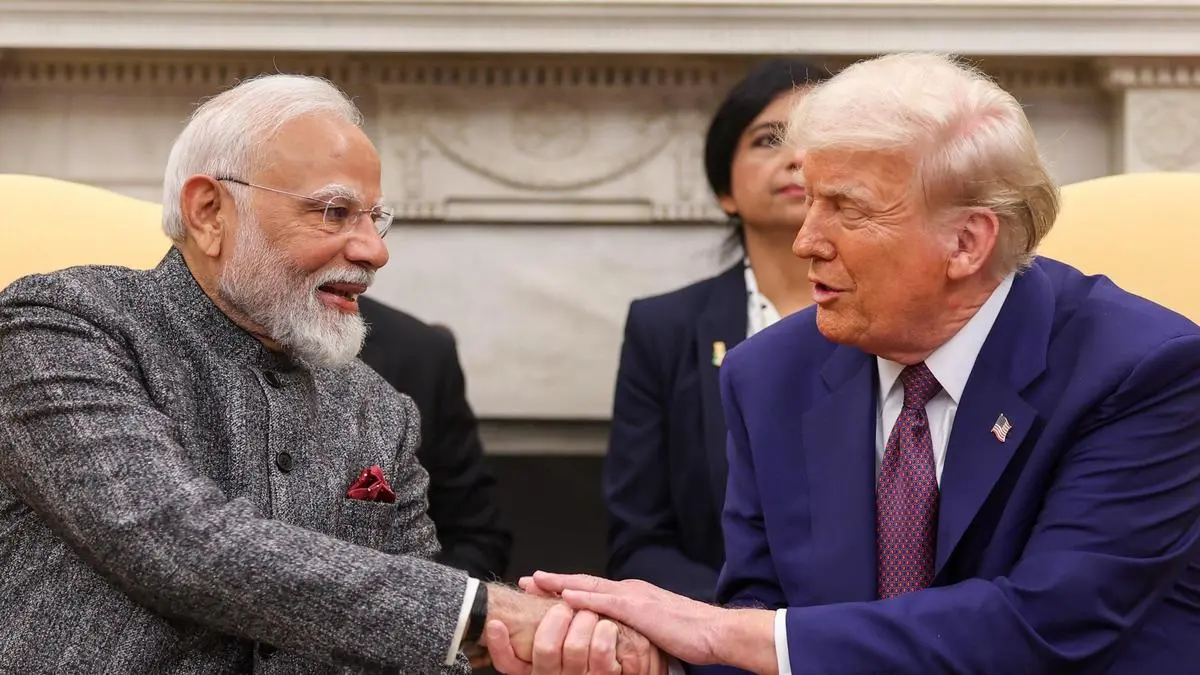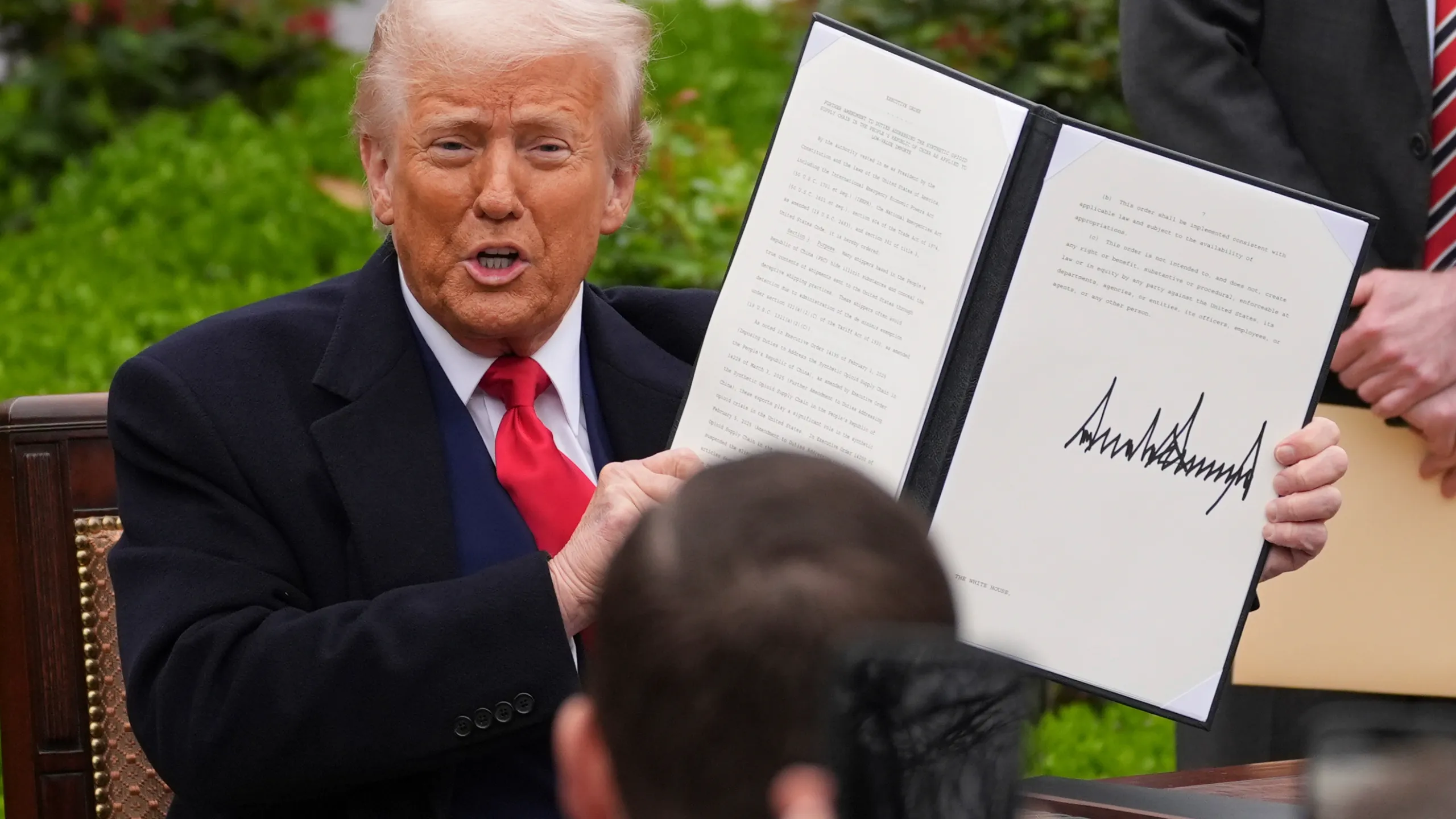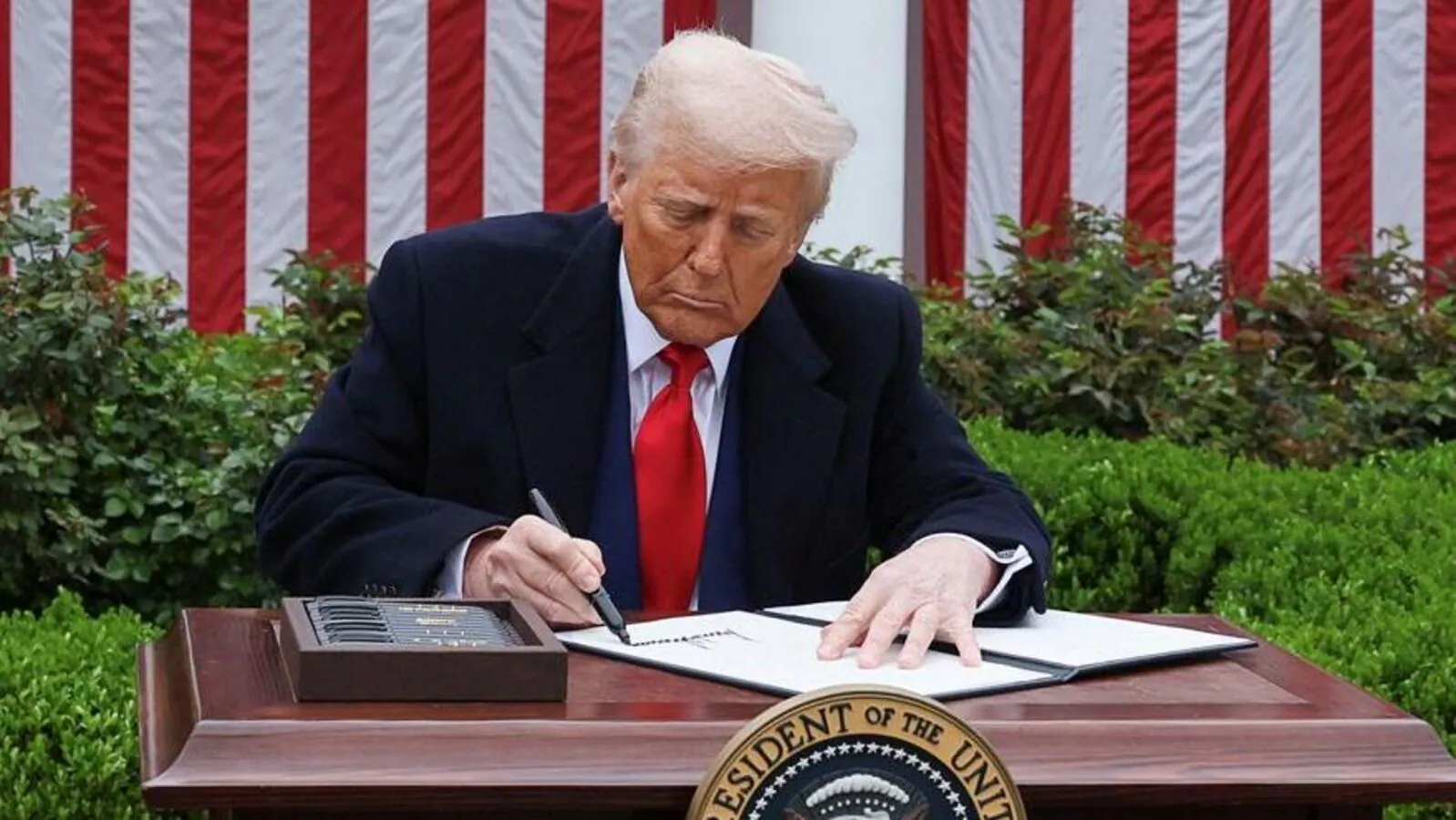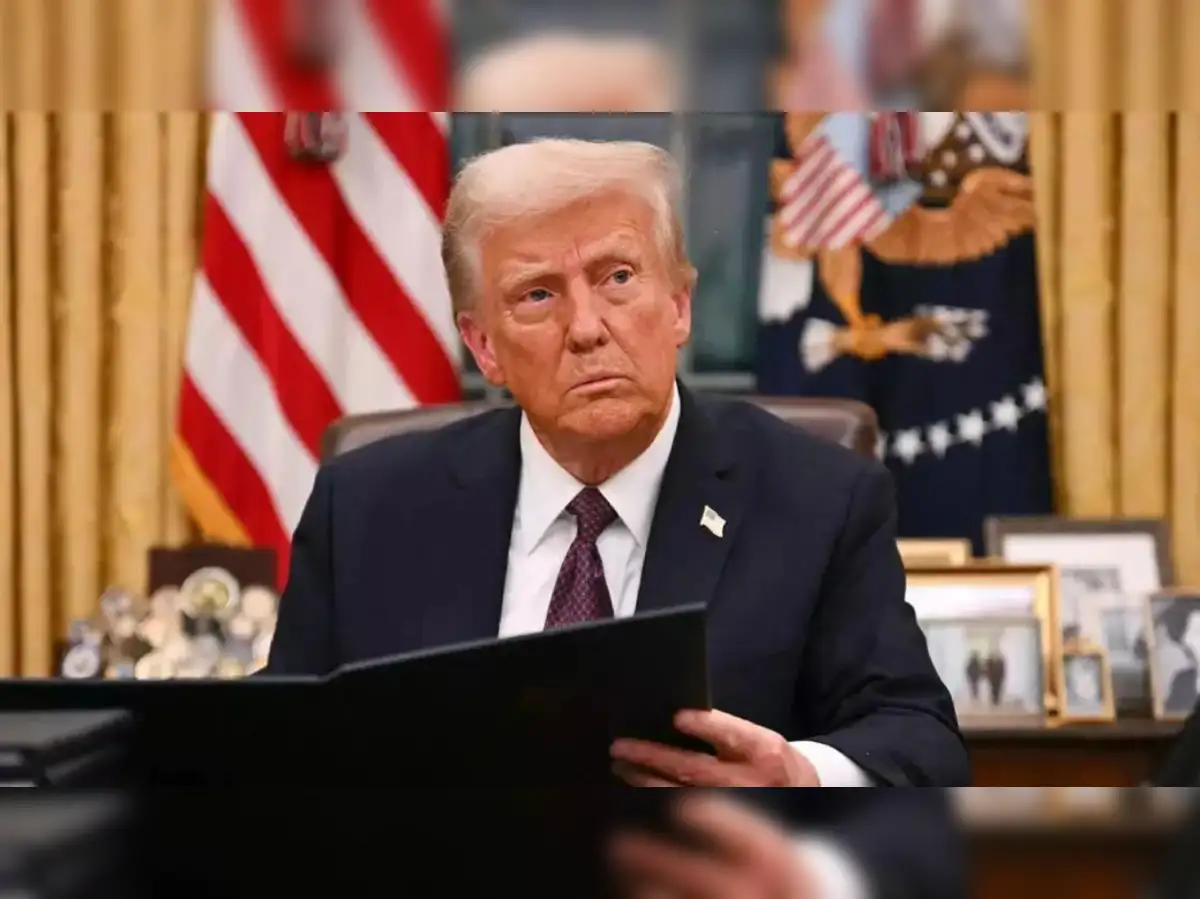
The landscape of global trade is constantly evolving, and recent developments suggest a promising shift in US-India economic relations. As both nations continue high-level negotiations, there is growing anticipation that a comprehensive trade agreement will be finalized soon, notably resulting in tariffs being capped below the critical 20% mark. This potential agreement signals not only enhanced economic cooperation but also a significant step toward more favorable trade terms, which could benefit industries and consumers on both sides of the Pacific.
Context and Background
Over the last few years, the US and India have navigated a complex trade relationship characterized by mutual interests and occasional disagreements. While India has long sought to protect certain domestic industries through tariffs, the US has pushed for reduced barriers to help American companies penetrate the Indian market more effectively. The ongoing talks aim to bridge these gaps, address longstanding concerns, and establish a more balanced trade framework.
According to recent reports from Business Standard, the negotiations are increasingly pointing toward a mutually acceptable framework that limits tariffs significantly.
The Significance of the Tariff Cap
Tariffs are a crucial tool in international trade, serving as taxes on imports and exports that influence pricing, competitiveness, and economic relations. Historically, tariffs above 20% have created barriers that hinder trade flows and inflate consumer prices. Therefore, the prospect of capping tariffs below this threshold holds substantial significance for both nations. Here’s why:
- Boosting Trade Volumes: Lower tariffs can remove obstacles for exporters and importers, encouraging higher trade volumes and fostering economic growth.
- Enhancing Market Access: Reduced trade barriers open doors for businesses to access new markets without prohibitive costs, leading to increased investments and innovation.
- Strengthening Diplomatic Relations: Trade agreements often serve as diplomatic bridges, fostering goodwill and cooperation on broader geopolitical issues.
- Reducing Consumer Costs: Lower tariffs can decrease prices for imported goods, ultimately benefiting consumers through more affordable products.
Implications for Industries
The anticipated tariff reduction will likely have diverse implications across various sectors. Major beneficiaries may include:
- Technology and Electronics: Indian markets are significant hubs for American tech companies. Lower tariffs on electronic components and devices could streamline supply chains and enhance competitiveness.
- Agriculture: US agricultural exports, such as soybeans and grains, stand to gain from reduced tariffs, opening wider markets in India—a key upcoming growth area for American farmers.
- Automotive: With a growing middle class, India is becoming an essential market for US automakers. Lower tariffs can make vehicles more affordable and boost sales.
- Pharmaceuticals and Healthcare: Simplified trade barriers could facilitate quicker access to essential medicines and medical devices, benefiting healthcare providers and patients alike.
Continued Negotiation Process
The path to this promising outcome is not without ongoing challenges. Both countries continue to engage in detailed negotiations, aiming to settle differences on issues such as intellectual property rights, digital trade, and service sector access. The focus remains on reaching a comprehensive agreement that benefits both sides while addressing each country’s economic priorities.
Sources suggest that discussions are progressing positively, with the possibility of finalizing the agreement in the near future. The strategic importance of this deal extends beyond tariffs, encompassing broader economic cooperation, investment facilitation, and partnerships in emerging sectors like renewable energy and technology innovation.
Global Impact and Future Outlook
The US-India trade deal’s potential to lower tariffs below 20% symbolizes a shift toward more open and collaborative trade policies. In the context of a changing global economic order, such agreements serve as exemplars for other nations contemplating similar negotiations. They also signal a commitment to strengthening bilateral ties amid geopolitical complexities and economic uncertainties.
Looking ahead, the success of this deal could lay the groundwork for a more integrated economic corridor between the US and India. It may also influence regional trade agreements and encourage other developing nations to pursue more liberalized trade policies. Both sides appear committed to translating dialogue into tangible benefits for their economies, consumers, and industries.
Conclusion
The ongoing US-India trade negotiations hold immense promise for both economies. The prospect of capping tariffs below the 20% mark illustrates a shared commitment to fostering economic growth, reducing trade barriers, and deepening bilateral cooperation. While negotiations continue, the outcomes to date suggest a more favorable and dynamic trading relationship in the near future, which could have lasting effects on global trade dynamics.
As this process unfolds, stakeholders across industries and governments will keenly observe developments, understanding that successful implementation could serve as a catalyst for broader international trade reforms.
For more updated news please keep visiting Prime News World.









